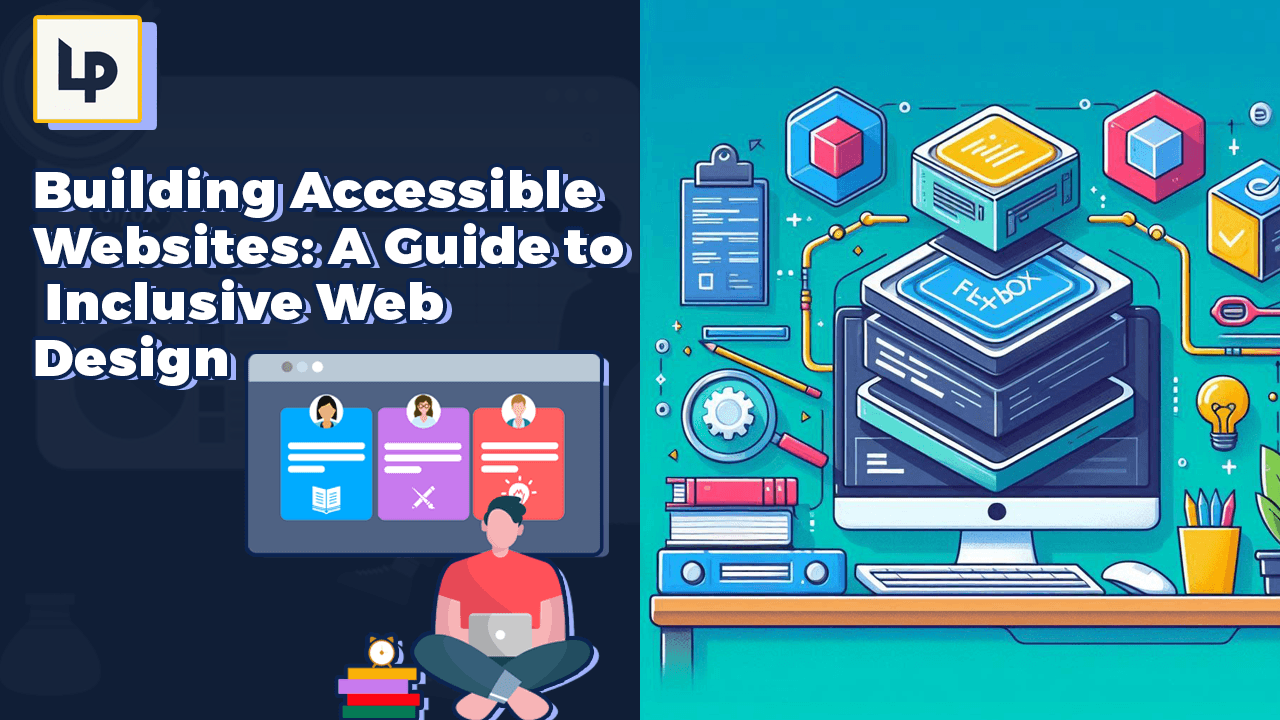







Front-End Development
Front-End Development
The Essential Tools Every Front-End Developer Should Use


Front-end development is a dynamic field that requires a solid understanding of various tools and technologies to create engaging and user-friendly web applications. As a front-end developer, choosing the right tools can significantly enhance your workflow, boost productivity, and improve the overall quality of your projects. In this article, we’ll explore some essential tools that every front-end developer should consider incorporating into their toolkit.
1. Code Editors
A good code editor is crucial for efficient coding. Here are some popular options:
- Visual Studio Code: Known for its versatility and extensive plugin ecosystem, Visual Studio Code (VS Code) is a favorite among developers. Its features include syntax highlighting, intelligent code completion, and built-in Git support.
- Sublime Text: Lightweight and fast, Sublime Text is perfect for those who prioritize speed and simplicity. It offers powerful features like multiple selections and a command palette for quick access to functions.
- Atom: Developed by GitHub, Atom is highly customizable and ideal for collaborative projects. Its built-in package manager allows developers to easily add new features and themes.
2. Version Control Systems
Version control is essential for managing changes to your codebase and collaborating with other developers.
- Git: The most widely used version control system, Git allows developers to track changes, revert to previous states, and collaborate with others. Learning Git is crucial for any front-end developer.
- GitHub: A platform built on Git, GitHub provides a collaborative space for developers to share code, contribute to projects, and manage repositories. It also offers features like pull requests and issue tracking.
3. CSS Preprocessors
CSS preprocessors help streamline your styling workflow by allowing you to write CSS in a more organized and efficient way.
- Sass: Sass (Syntactically Awesome Style Sheets) extends CSS with features like variables, nesting, and mixins, making it easier to maintain large stylesheets.
- LESS: Similar to Sass, LESS allows you to use variables, nested rules, and functions. It’s easy to integrate with existing projects and enhances CSS’s capabilities.
4. Front-End Frameworks
Frameworks can significantly speed up development time and improve code organization.
- React: Developed by Facebook, React is a JavaScript library for building user interfaces. Its component-based architecture makes it easy to reuse code and manage state efficiently.
- Vue.js: Vue is a progressive JavaScript framework that is easy to integrate into existing projects. It offers a flexible architecture, allowing developers to create interactive user interfaces quickly.
- Angular: A robust framework developed by Google, Angular provides a comprehensive solution for building dynamic web applications. It comes with features like two-way data binding, dependency injection, and a powerful CLI.
5. Testing Tools
Testing is vital for ensuring that your web applications function correctly and provide a great user experience.
- Jest: A popular JavaScript testing framework, Jest is widely used for testing React applications. It offers a simple API, excellent performance, and built-in support for mocking.
- Cypress: An end-to-end testing framework, Cypress allows developers to write tests in JavaScript and run them directly in the browser. It provides a unique interactive testing experience and is great for testing web applications.
- BrowserStack: This cloud-based testing platform allows developers to test their applications across various devices and browsers. It helps ensure that your site performs well for all users, regardless of their setup.
Conclusion
In the fast-paced world of front-end development, having the right tools at your disposal can make a significant difference in your productivity and the quality of your work. By incorporating a mix of code editors, version control systems, preprocessors, frameworks, and testing tools into your workflow, you can create stunning, responsive, and functional web applications. Remember, the key is to choose tools that align with your specific needs and project requirements. Happy coding!





